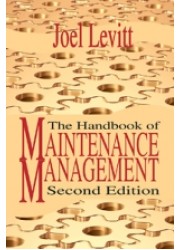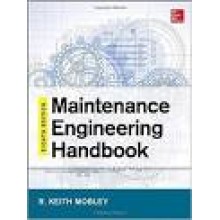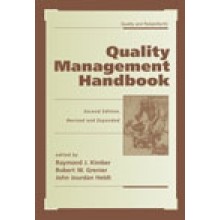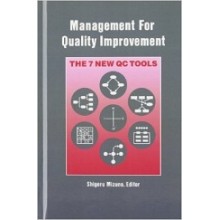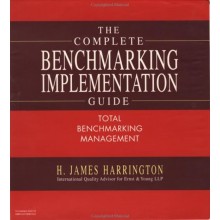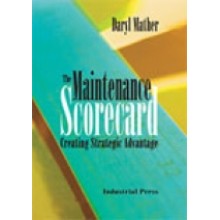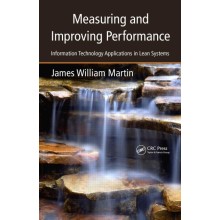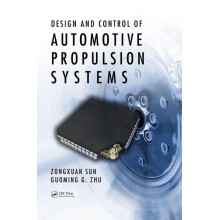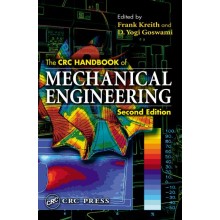The Handbook of Maintenance Management, 2nd Edition
Quantity:
-
Add to Compare
The field of maintenance is hard to approach because the language is strange. Now in its second edition and written by a highly acclaimed maintenance professional, this comprehensive and very user-friendly resource introduces the fundamentals of maintenance and allows the outsider to understand the jargon. This revision of a classic has been thoroughly updated to include advances in technology and is sure to be found useful by maintenance professionals everywhere.
Introduction
Why Manage Maintenance
SECTION ON PATTERNS
Chapter 1 : Patterns in Maintenance
Chapter 2 : Where’s the Money? Proving Your Case to Management
Chapter 3 : How Assets Deteriorate
Chapter 4 : Estimating Maintenance Budgets for Buildings and Equipment
Chapter 5 : Evaluating Maintenance
Chapter 6 : Maintenance Metrics, KPIs and Benchmarks
Chapter 7 : Evaluating Worker Productivity
Chapter 8 : Budgeting Maintenance
Chapter 9 : Life Cycle Costing
SECTION ON STRATEGIES
Chapter 10 : The Science of Customer Service
Chapter 11 : Reengineering Maintenance
Chapter 12 : Dealing with Contracts
Chapter 13 : In-Sourcing and TPM
Chapter 14 : 5S
Chapter 15 : Guaranteed Maintainability
Chapter 16 : Maintenance Quality Improvement
Chapter 17 : ISO 900X and Maintenance
Chapter 18 : Continuous Improvement
Chapter 19 : Lean Maintenance
Chapter 20 : RCM (Reliability Centered Maintenance)
Chapter 21 : PM Optimization
Chapter 22 : Accounting Issues of Maintenance and Activity-Based Costing
Chapter 23 : Maintenance Information Flow
Chapter 24 : Capturing Maintenance Information
Chapter 25 : Fire Fighting
Chapter 26 : PM (Preventive Maintenance)
Chapter 27 : How to Install a PM System
Chapter 28 : PM Task List Development
Chapter 29 : PdM (Predictive Maintenance)
SECTION ON SUPPORT FOR MAINTENANCE STRATEGIES
Chapter 30 : Preplanning: Projects That Put You in the Driver’s Seat
Chapter 31 : Using Statistics in Maintenance
Chapter 32 : Planning
Chapter 33 : Project Management
Chapter 34 : Estimating Job Duration and Work Standards
Chapter 35 : Maintenance Scheduling
Chapter 36 : CMMS (Computerized Maintenance Management Systems)
Chapter 37 : Maintenance Parts and Supplies
Chapter 38 : Maintenance Vendors
Chapter 39 : Maintenance Stock Room and Inventory Control
Chapter 40 : The Internet and Maintenance
Chapter 41 : How Maintenance Interfaces with Other Departments
Chapter 42 : Elements of Maintenance Leadership
Chapter 43 : Craft Training
Chapter 44 : Special Conditions, Challenges and Strengths
Chapter 45 : Special Issues of Factory Maintenance
Chapter 46 : Special Issues of Fleet Maintenance
Chapter 47 : Special Issues of Building Maintenance
Chapter 48 : Special Issues of Field Service
Glossary
Resources
Index
Write a review
Your Name:Your Review: Note: HTML is not translated!
Rating: Bad Good
Enter the code in the box below:
Copyright © 2014 Engineering Standards Bureau. All Rights Reserved.
Developed By Zoom Into Web


